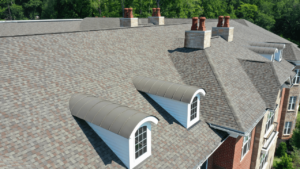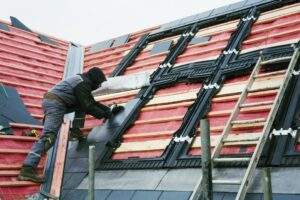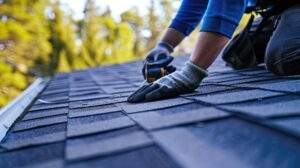No matter where you live, the rainy season can have a devastating effect on your home’s roof. Rainfall can damage roof surfaces, which often results in leaks and eventual water damage to your home’s structural integrity. Therefore, it’s vital to take the necessary precautions and make sure that your roof is ready for the rainy season. And while the best way to do that is to get an inspection from a professional roofer, there are several steps you can take to prepare your roof.
Inspect Your Roof
First, you should inspect your roof and look for signs of damage, pooling, or debris build-up. This helps you determine what repairs are needed, so you can make them before the rain arrives. When inspecting your roof, make sure to do so from the ground using a binocular. Otherwise, you might hurt yourself while climbing up. If you do plan to climb and get a closer look, wear protective equipment such as a helmet and gloves.
Fix Damaged Shingles
It goes without saying that your shingles are the first line of defense against the elements. As a result, they need to be in good shape. Any damaged or missing shingle is a potential leak waiting to happen. So, fix all damaged shingles as soon as you can to prevent water damage. Keep in mind that if you are not sure whether your shingles need repair, it’s advised to get a professional inspection from a local roofing company.
Replace Your Shingles
Sometimes, the complete replacement of all your shingles is a better option. Not only will that guarantee that your roof is able to protect your home, but it also allows roofers to discover structural damage that might lead to costly repairs in the future. Additionally, replacing your shingles is a great opportunity to choose a more durable material than the one you previously had.
Clean the Gutters
Excessive rain means more pressure on your guttering system. Therefore, you should check it for any blockages and clean it if necessary. If you don’t do that, water will pool on the roof surface, increasing the chances of water leaks.
Check the Flashing
Usually, your roof’s flashing is very durable and can handle extreme weather conditions like snow, rain, and hail. However, you should still check and make sure that it isn’t damaged. Cracks, holes, and rust tend to develop over time and allow water to infiltrate. So, if your flashing is not up to par, replace it immediately.
Trim Nearby Trees
Tree branches that are too close to your home can end up puncturing your roof during storms. It’s best to trim away overhanging branches and ensure that nearby branches are at a safe distance.
Tadlock Roofing
Ultimately, while you could prepare your roof by yourself, it’s always a good idea to contact a local roofing company. That way, you’ll get an experienced roofer to check your roof, find out if there are any problems, and fix them in a timely manner. Furthermore, they’ll know which type of roof to recommend in case you need to replace it. That way, you will be able to relax, knowing that your roof is ready for any weather conditions.
So don’t let the rainy season catch you unprepared; contact Tadlock Roofing today and request an inspection!










